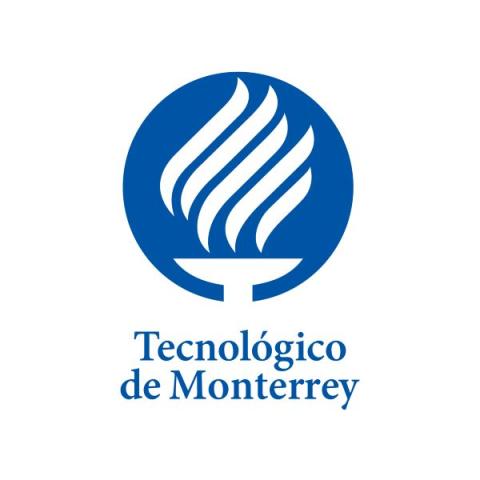
Seven exercises to incorporate into your gender studies classes
As well as being spaces for learning and generating knowledge, universities are also sites for reflecting on and generating awareness about contemporary social issues, such as gender inequality. We must take our duty to encourage dialogue seriously to nurture responsibility and accountability in our students. Here are six strategies.
Create online learning communities
Using Flip, a video-discussion platform is a great way to promote dialogue between students on important topics. Students can communicate by creating short videos on a concept or case study related to gender inequality that they have encountered in class. I suggest starting this activity with a trigger question, including instructions, responding to questions and later asking students to give feedback on the exercise. This practice will build a collaborative learning environment that helps students develop an understanding of important issues.
Bring learning to life with immersive 360° videos
360° videos, in which students can view and virtually explore content generated from real situations, offer experiential learning opportunities. Not all institutions have the resources to create their own virtual tours, so if you can’t, you can search for free videos online and plan activities that focus on a specific gender issue, such as stereotypes, discrimination or harassment.
Encourage students to interview affected individuals
Encourage your students to conduct interviews with family members from a different generation to identify changes in attitudes to gender roles and experiences of discrimination and find out how they affected their lives. After their interviews, students can outline challenges still relevant today and their social implications. For this activity, I recommend providing the students with resources on the topic and on how to design effective questions.
- Resource collection: Gender equality in higher education: how to overcome key challenges
- Mentoring and teaching women with disabilities in universities
- Are STEM admissions processes hindering our diversity efforts?
Use cinema as a didactic resource
Integrating films, documentaries, short films and other audiovisual resources into course material can help students identify stereotypes, generate historical awareness, strengthen empathy, understand social issues and develop critical thinking. Examples of activities to try with your students include film analysis, comparative work and panel discussions. You can also organise film debate sessions involving the entire course community. I recommend that you anticipate possible technical problems such as access restrictions or issues with the streaming platform before holding these sessions.
Bring out your students’ creativity
Prompting your students to develop creative assets such as infographics, posters, comics and brochures responding to a relevant topic can motivate them to become engaged in solving gender-related issues (such as violence or exclusionary language). Digital tools can be your allies, here, as several applications and websites make it easier for your students to design these resources. Examples include Canva, Piktochart, Adobe Spark and Easel.ly. Guide your students throughout this exercise, pointing out the goal (for example, to work towards the elimination of gender violence, discrimination or inequalities) and make the importance of generating creative solutions clear.
Organise sessions with experts in the field
Schedule virtual or face-to-face sessions in which experts in gender studies and human rights can present their experiences and achievements in advancing gender equality. You can reach out to activists, academics and members of marginalised communities to ask them to share their stories, their influences and their upcoming projects. Find them at your university, non-profit organisations, academic events, professional networking sites and elsewhere. The sessions can take the form of conferences, talks, interviews, panel discussions, debates or workshops/seminars. Regardless of the format, aim to facilitate ideas exchange between the students and the speaker/s.
Set a ‘women in history’ research project
Exploring the lives and experiences of women throughout history can promote historical awareness, empathy and understanding of gender disparity. Advise your group on conducting research using reliable sources and ask them to submit their work in the form of a presentation, video, virtual gallery, posters, podcasts or even digital magazine.
I hope that these exercises will raise your students’ awareness of gender issues and enhance engagement. Remember that, before implementing any of these activities, you must establish your objectives, gain an understanding of your student demographics and decide on the format. I also recommend that, once the activity is over, you use polls and surveys to gauge the efficacy of your efforts and make adjustments as necessary.
Eunice Costilla Cruz is tutor professor of humanities and social sciences at Tecnológico de Monterrey, Mexico.
If you would like advice and insight from academics and university staff delivered direct to your inbox each week, sign up for the Campus newsletter.




